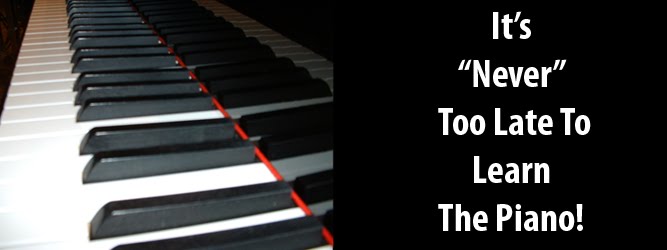 Started the John Thompson 3rd Grade book this evening and am a bit stunned at the rate of progress I have been making. My initial goal was to be playing 4th grade pieces within 12 months and I think I am well on track to achieve that.
Started the John Thompson 3rd Grade book this evening and am a bit stunned at the rate of progress I have been making. My initial goal was to be playing 4th grade pieces within 12 months and I think I am well on track to achieve that.I am using the same strategy I have used with my guitar students over the years, which is to work through new material, getting it to a reasonable level before moving on to something new rather than trying to perfect everything before doing so.
I then revisit that previously studied material after a period of time and it is always amazing how much easier it is to play.
Yesterday, I returned to the First Grade book and played through the whole lot in one session and it took me two weeks to get through it initially!
So I will continue that successful process with the 2nd Grade book also once I have gone some way into the 3rd grade book and consequently build up lots of repertoire, much of it that I can sight read which is my primary goal.
Another part of my teaching process is to also choose some more challenging pieces to memorise ready to perform when the opportunity arises. Interestingly, I have found it far easier to memorise piano music than I have guitar music.

 Many years a go, I used to own the musicaI instrument store here in town before various events including my own mismanagement caused the whole operation to fall over but that is a story for another day.
Many years a go, I used to own the musicaI instrument store here in town before various events including my own mismanagement caused the whole operation to fall over but that is a story for another day.








 Too soon for me but might be something you can try out for yourself.
Too soon for me but might be something you can try out for yourself.